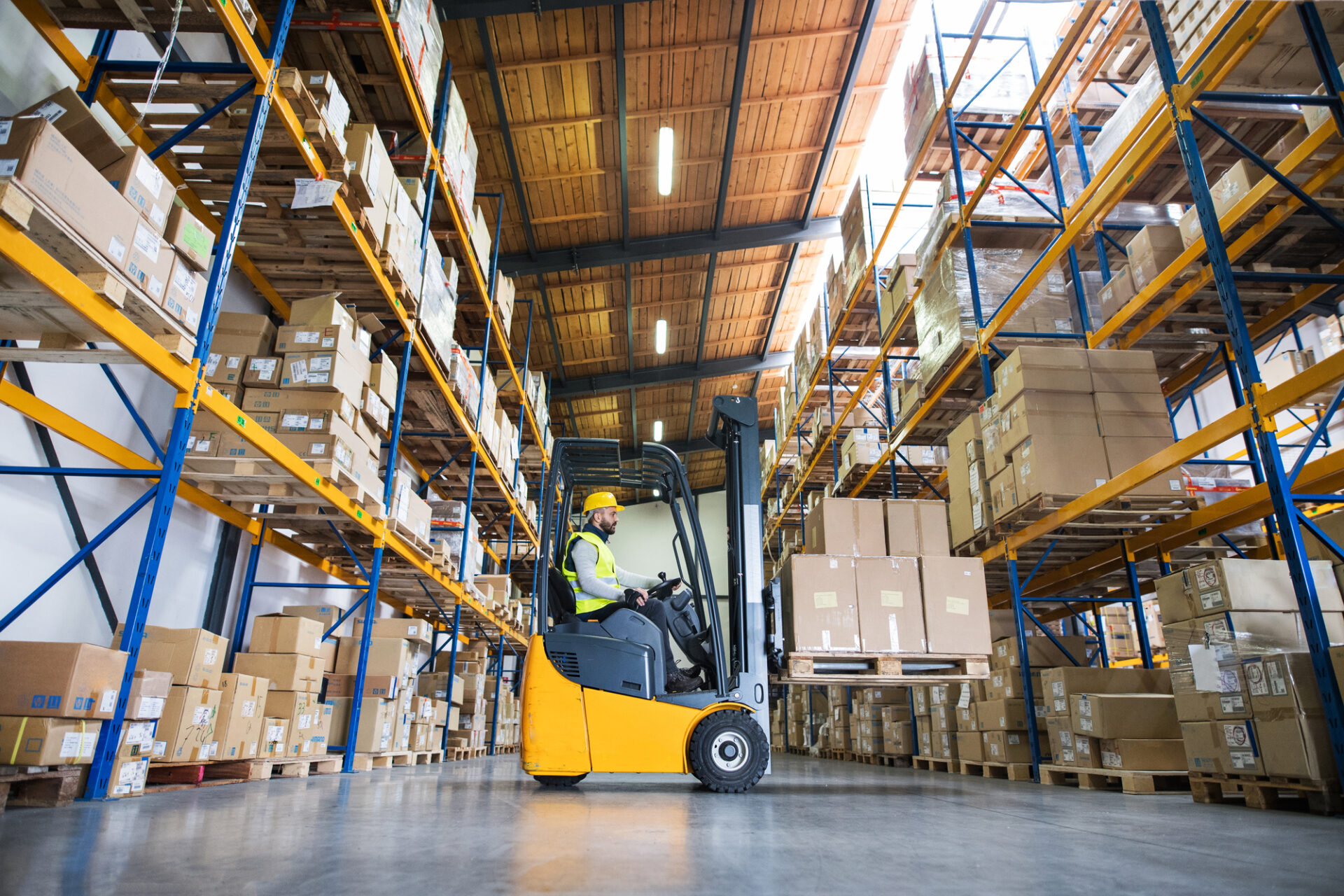Warehousing has come a long way since the introduction of scanners, warehouse management software (WMS), and various forms of automation. However, the warehouse of the future promises to be even less recognizable for those of us who have been in the industry for a while. Here we look at what warehousing will likely look like in the not-too-distant future.
Robotic Technology
The robot-as-a-service (RaaS) market might have seemed like something from a science fiction movie just a decade ago. However, today the market is expected to expand to about $44 billion by 2028. The transformation of the warehouse environment is already underway, with Amazon leading the way. They recently introduced “Sparrow” a robot that detects, selects, and handles individual products in their inventory.
The less threatening collaborative robot, or “cobots” are semi-autonomous and designed to work alongside humans to make their work easier. For example, they might follow human pickers around the warehouse providing a self-propelled storage bin. They automate physical processes such as moving and arranging boxes, lifting trucks, transporting goods, etc., which can help reduce job site injuries.
This highly futuristic use of robots will continue to optimize warehouse operations, increase flow rates and improve throughput speeds. Some examples of warehouse robotics include:
- Automated Storage and Retrieval Systems (AS/RS)
- Automated Guided Vehicles (AGVs)
- Aerial Drones
- Autonomous Mobile Robots (AMRs)
All these robots integrate with warehouse management systems (WMS) to improve daily warehouse operations.
AI and Digitalization
As more 3PLs face a growing diversification of inventory, categories, and integrations to meet customer needs, the management of multiplying SKUs presents scalability issues. However, AI and digitalization empower e-commerce websites to meet increasingly complex fulfillment needs. These tech tools contribute to smart warehouse technology allowing managers to become more predictive and responsive. There will also be a more widespread adaptation of virtual reality (VR), drones and wearables to optimize picking efficiency and improve inventory visibility. The “Internet of Things” market is expected to see a 26.4% CAGR between now and 2029.
Smart Warehousing
We eluded to smart warehousing above in relation to AI. Smart warehouses leverage various technologies to improve picking, sorting, packaging, and shipping efficiencies. In some cases, warehouses use devices such as wearable scanners or smart glasses, while in others, they leverage picking robots or pick-to-light systems. Smart warehousing methods:
- Help 3PLs realize cost savings
- Improve inventory accuracy
- Reduce picking orders
- Share real-time data
- Optimize workflows
- Improve fulfillment operations
Even the introduction of a state-of-the-art WMS can play a role in making warehouse operations smarter.
3D Printing
3D printing eliminates waste and the use of high-demand space. It allows manufacturers to create parts when needed. As a result, they don’t waste money paying for costly warehouse space for parts that sit on the shelves for years. Companies can optimize their processes and produce customized products or parts on demand. The 3D printing market is expected to expand with a predicted value of $94 billion by 2030.
Warehouse Automation
Automation creates seamless integrations and reduces time-consuming, error-ridden manual processes. Although already used in most established warehouse settings, non-traditional technology is now appearing on the scene to make warehouse transformation easier, including:
- Maintaining incoming and outgoing stock
- Tracking orders
- Determining the best delivery option based on customer location
- Sharing real-time data with customers, vendors, and carriers
- Improved self-serve function to improve visibility and transparency
- Accurate inventory
- Creating quick routes for pickers
- Using triggers throughout warehouse processes to automatically complete the next task
Integration is essential to technological innovations, allowing 3PLs technology to integrate with advanced e-commerce platforms effortlessly. Improvements are expected to be both customer-facing and on the operational side of fulfillment. Improved analytics will continue to offer more robust reporting that allows sellers, manufacturers, carriers, and warehouses to make informed decisions to improve efficiencies throughout all levels of the supply chain.
The warehouse of the future will shorten the gaps in the fulfillment process from manufacturer to end user creating a streamlined process that is cost-effective, eco-friendly, and customer-centric. It will also create improved workplaces where robots manage heavy manual labor, and pickers use wearable devices to make their jobs easier.


VeraCore is SaaS order and warehouse management software trusted by top fulfillment companies and 3PLs. Affordable, flexible, easy to use; VeraCore is everything you need to keep clients happy and run a lean operation.
With VeraCore, you can grow your business and handle any challenge with ease. Rules-based automation enables you to control all aspects of your warehouse operation and satisfy each of your clients’ unique requirements.
Hundreds of fulfillment service providers and 10,000+ fulfillment clients place VeraCore at the “core” of their business to get the job done right, for over 40 years.


